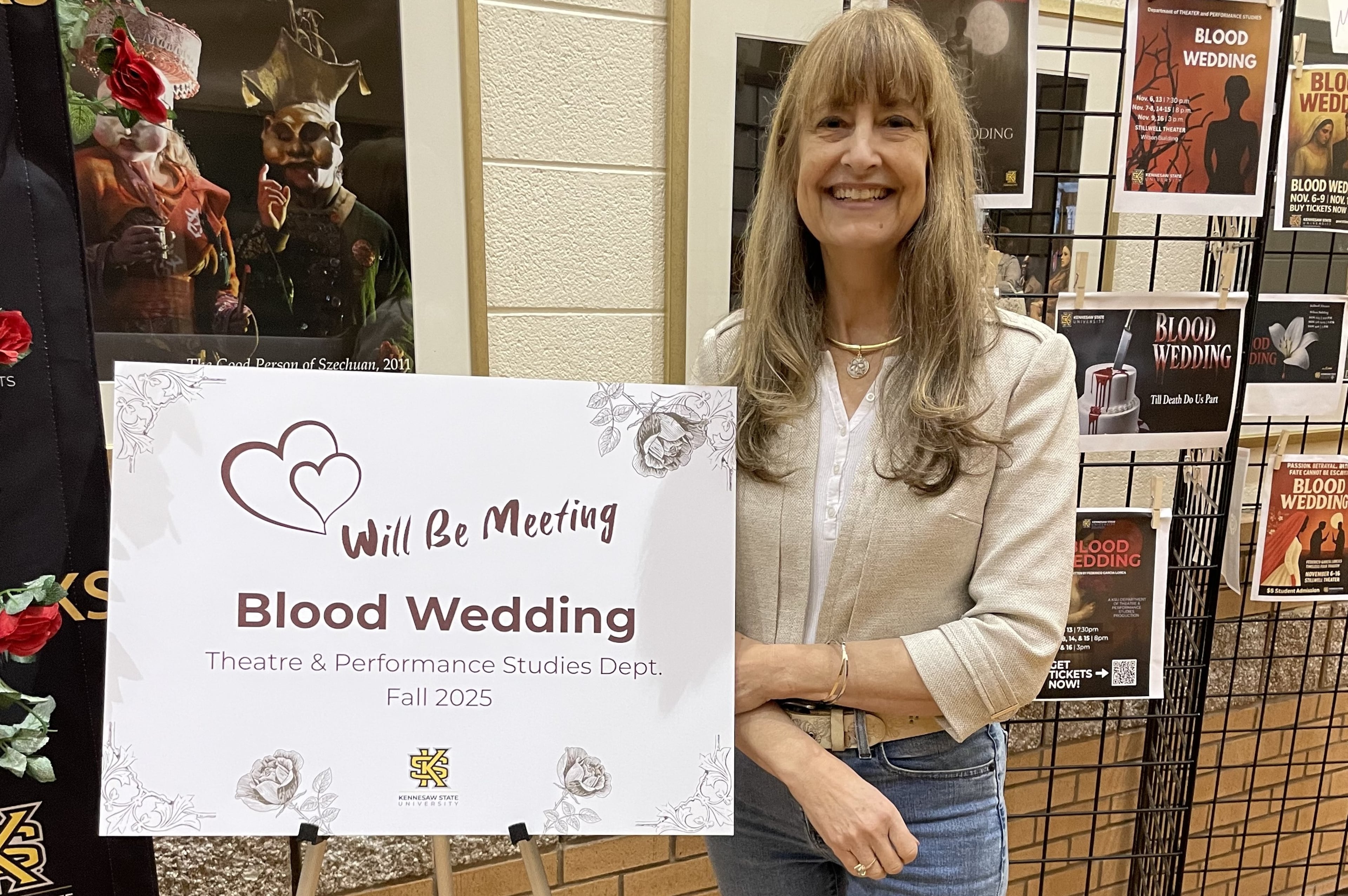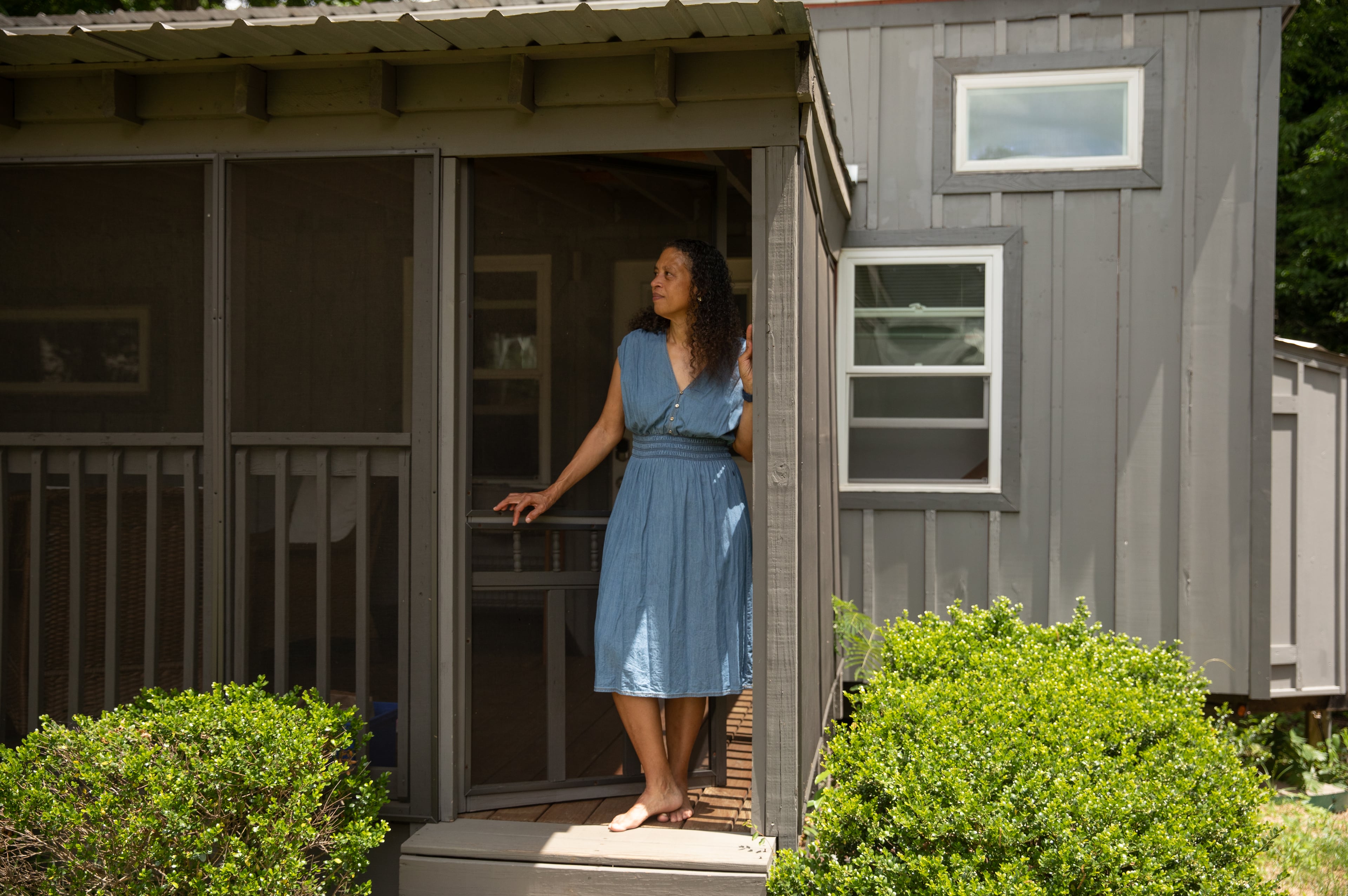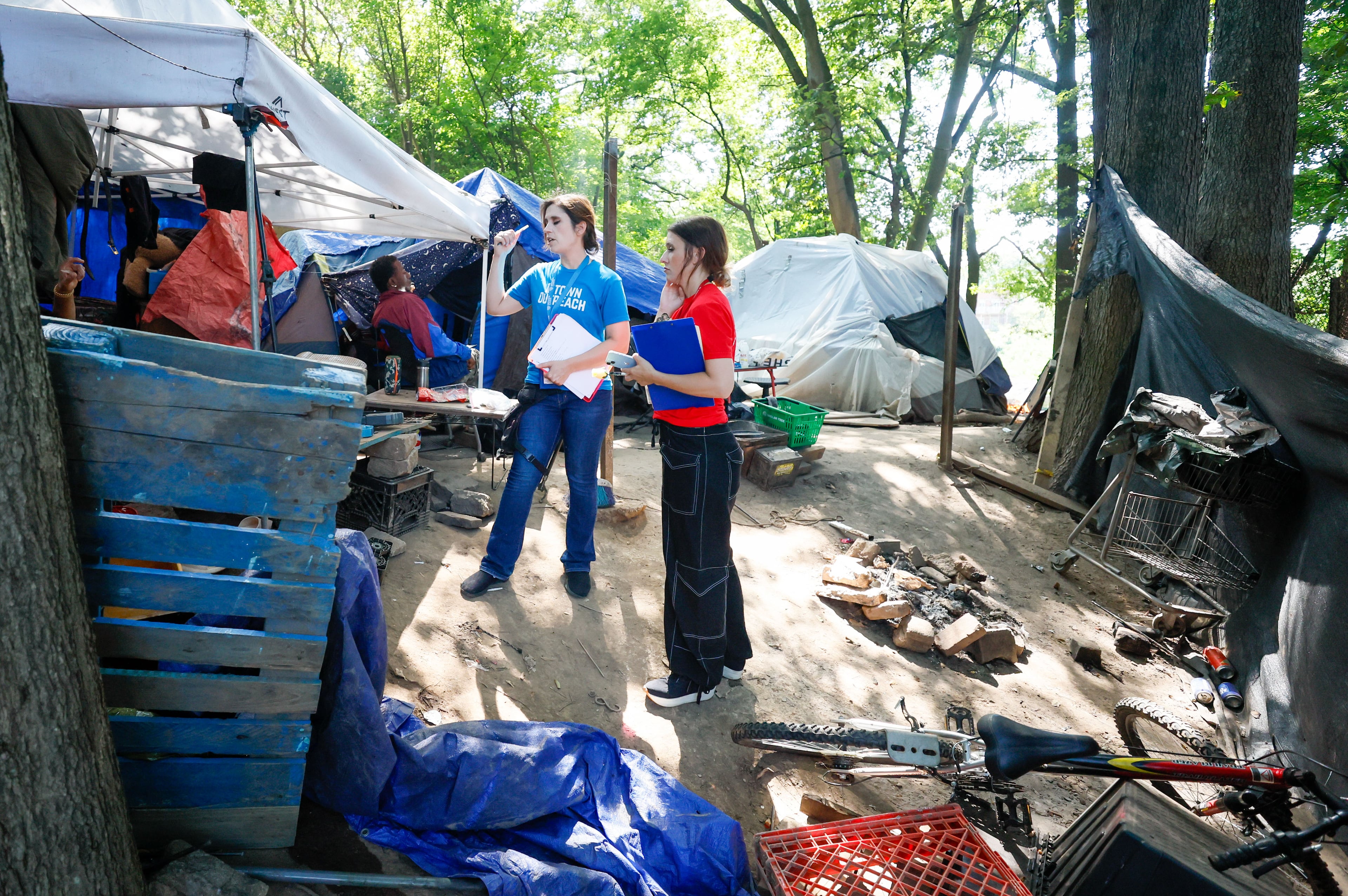Clearing the homeless from downtown Atlanta: Sisyphus had it easier
Atlanta is now kicking off an ambitious effort to end homelessness downtown.
You can shrug and say: “Sounds like we’ve been here before.” And you’d be right.
But Atlanta Mayor Andre Dickens says he really means it this time. He says he’s committed to finding shelter for the 400-some homeless people living on downtown streets as part of a larger $212 million effort to fix up the city.
The World Cup is coming next summer and we don’t want guests to be hassled, harassed or feeling sad at the sight of what some of those guests might simply shrug off as human wreckage wandering the streets.
Last week at a press conference, Dickens sounded dead serious, saying: “We want to make sure those unsheltered individuals don’t come anywhere downtown, and throughout the city of Atlanta, not just during the World Cup, but now.”
He added the city would be offering services for substance abuse and mental illness, as well as housing.
But, he added: “If you break the law, we have measures to deal with that like any other lawbreaker.”
Longtime homeless advocate Bob Cramer said this seems to echo the strategy surrounding the 1996 Olympics.
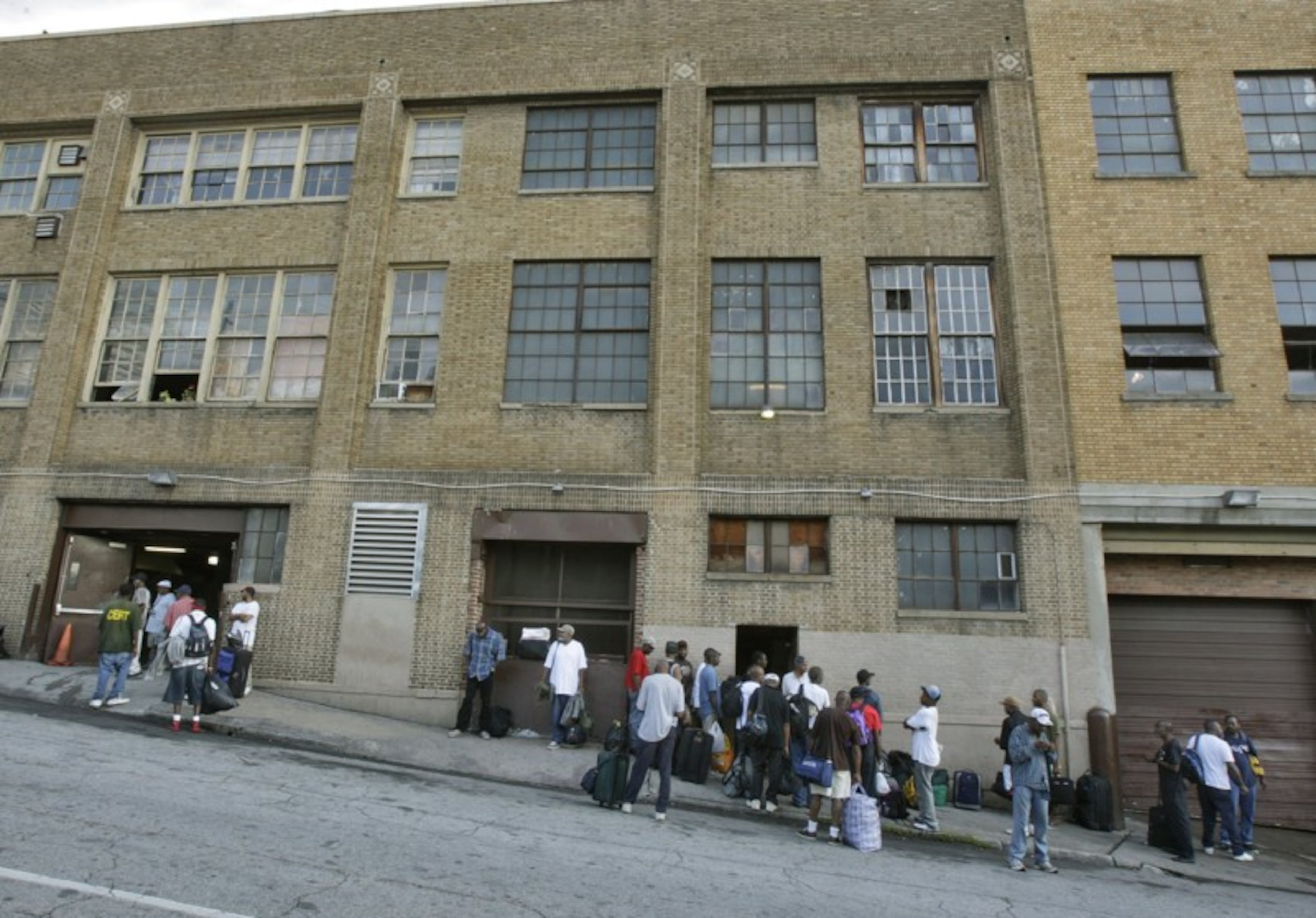
“It sounds like the Olympics and the ‘no-vagrant-zones’ and other things they tried,” said Cramer. “Every big event, we have to clean it up for visitors.”
In the 1990s and early 2000s, Cramer chaired the Metro Atlanta Task Force for the Homeless, an organization that was the city’s largest caretaker for the unhoused and a pain in rear end for city officials.
The Task Force often complained when the city enacted laws aimed at criminalizing homelessness.
In 1991, with the Olympics coming, Mayor Maynard Jackson and the city passed a “public nuisance” law meant to broaden police power in the never-ending saga of encouraging better behavior on the streets.
The Atlanta Journal-Constitution ran a story about the first day of enforcement, which resulted in 29 arrests.
“These are nothing but those homeless beggars,” a night-watch cop told a reporter. “We know them by sight. They [police] are really cracking down ... they are bringing them in here in droves.”
In the story, a homeless man complained that the effort had shades of 1988, when Atlanta hosted the Democratic National Convention.
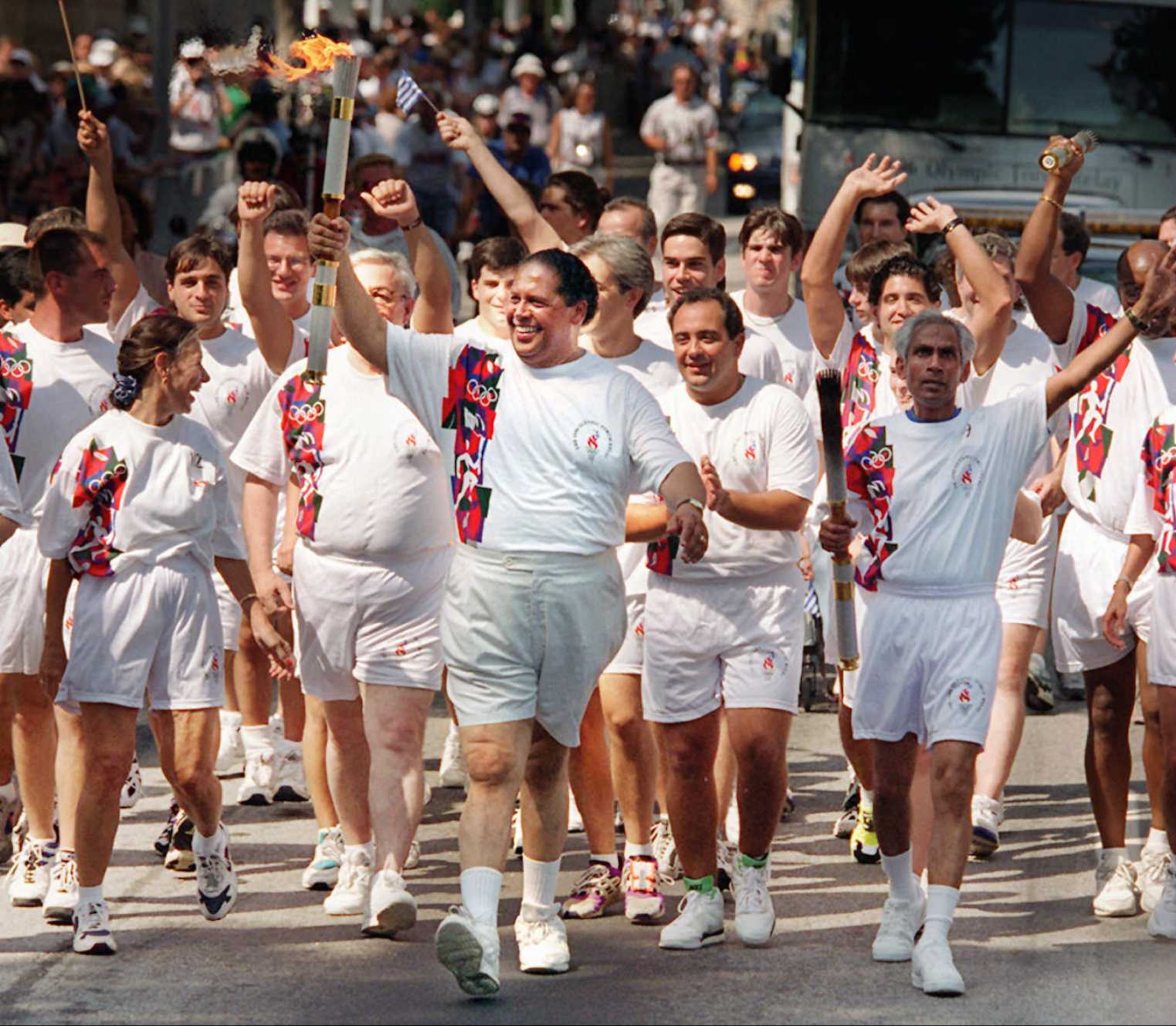
In fact, the wholesale roundups have become an Established Fact, although the reality of it is sort of hard to pin down. Plenty of homeless people remained downtown at the time. Believe me, I was there.
In its never-ending quest, the city also has enacted loitering laws and one aimed at “aggressive panhandling.”
I called Lou Arcangeli, a former APD deputy chief who headed up the department’s Olympic planning.
“I can assure you, there was no homeless roundup during the Olympics,” he said. “We had 1,000 journalists stepping all over each other for a story.”
He did say the department enforced “basic compliance.”
“We knew we’re going to have homelessness and panhandling, but we were going to have law-abiding homelessness and panhandling,” Arcangeli said. “It’s a delicate balance.”
It is a tightrope walk. Being homeless is not a crime. But a concentration of so many of the down-and-out can kill an area.
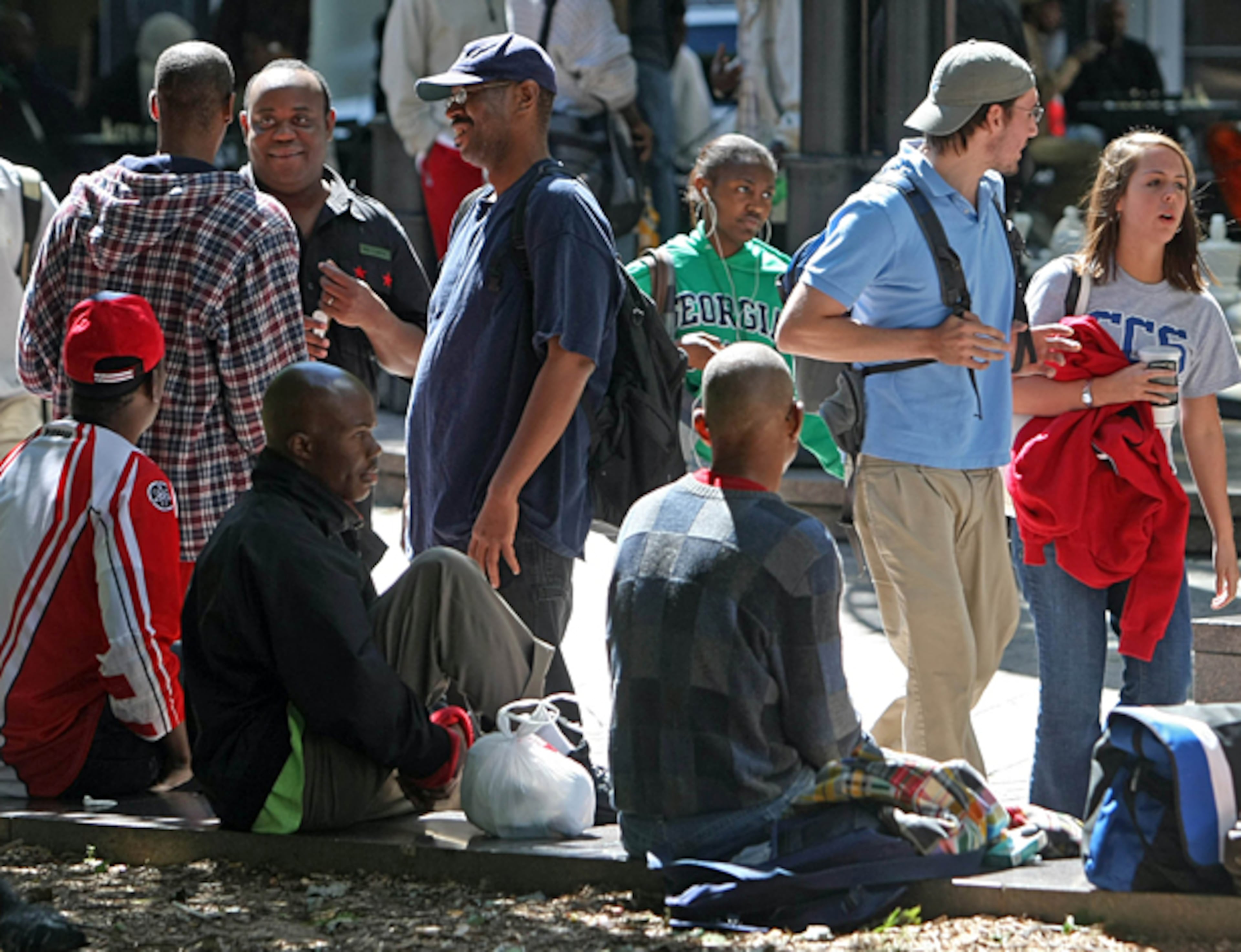
Here’s a column from 1994, from my former colleague, editorial page editor Cynthia Tucker, a devoted liberal: “Been to Woodruff Park lately? I haven’t. I gave up on the little parcel of green space at downtown Atlanta’s Five Points because I could no longer take the harassment and panhandling that had become the park’s hallmark.”
Tucker added that she “did the same thing that many of the bankers and lawyers who used to occupy the buildings surrounding the park had done: ”I left and never went back.”
Many businesses abandoned downtown, which has been dying — with various fits and starts — ever since.
It’s been a stubborn, perplexing issue that has plagued the city since at least the 1980s.
In 1987, when Dickens was 12, then-mayor Andrew Young went undercover as a homeless man for 36 hours with a TV reporter after several homeless people died of exposure.
He pushed back at the notion he was “in disguise.”
“I just put on an old sweater and pair of blue jeans and a skull cap,” he told me. “One of the surprising things was even some of my old friends didn’t recognize me.”
He said he and the reporter were turned away from a couple of church shelters and that a city councilman (who he would not name) rushed to his car after Young asked him for a quarter, “and slammed the door in my face.”
“We just don’t want to see the homeless,” Young told me, adding that the councilman was otherwise a kind-hearted man.
Young noted the city has gotten better at focusing on the issue.
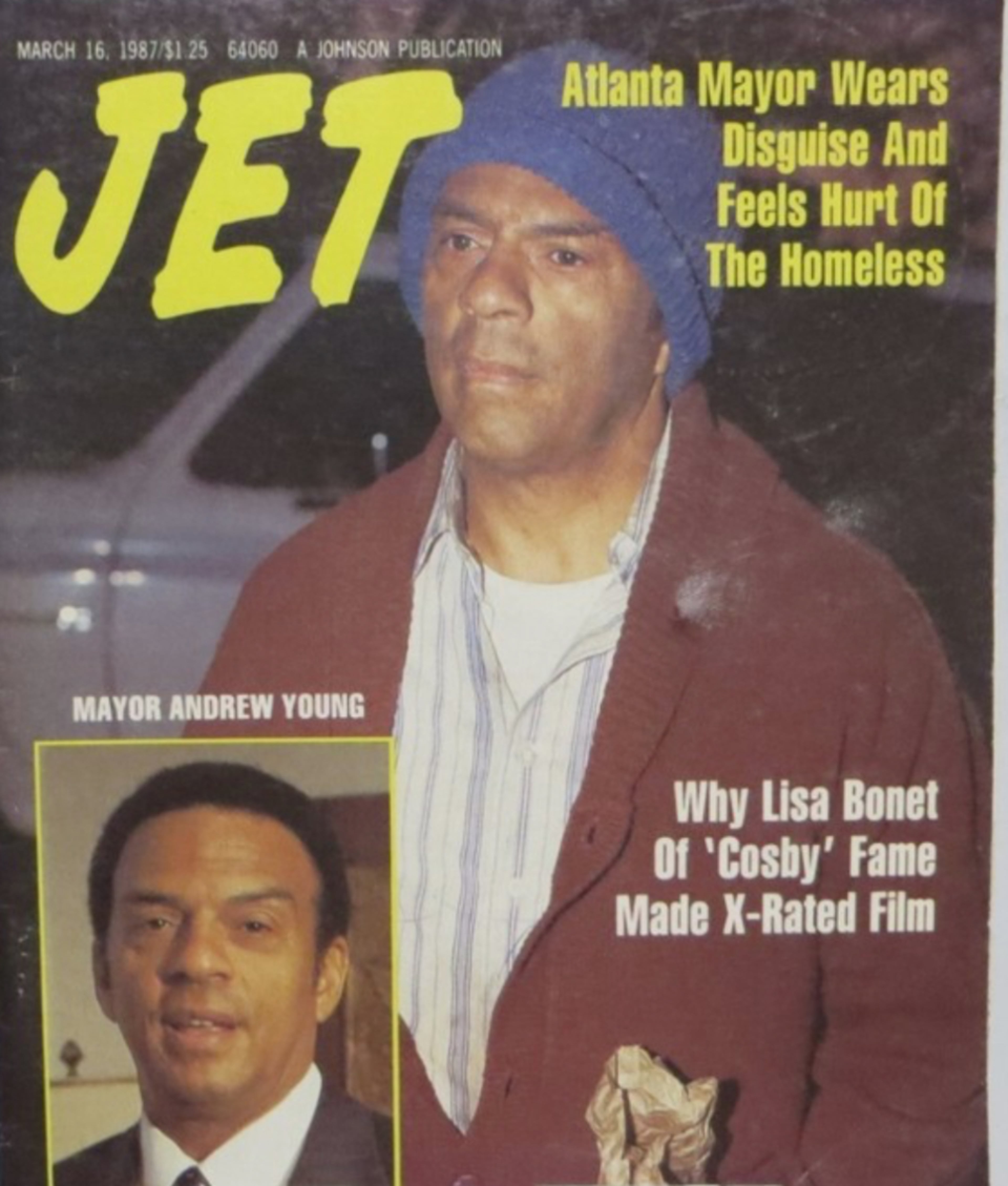
The annual homeless counts seem to agree. Pinning down the numbers of homeless in metro Atlanta is confounding. A 2005 AJC story said previous estimates ranged from 12,000 to 40,000 (a vastly inflated number).
The annual “Point in Time” count in Atlanta indicated a drop from 5,987 in 2011 to barely 2,000 in 2022. But it has gone up the past two years, approaching 2,900, with more than 1,000 sleeping outside.
Still, it seems to many there are more homeless people than ever. Perhaps because there are fewer people on downtown’s streets, making those you see stand out more.
Arcangeli and Cramer might have been on opposing sides of the debate during the 1990s but they both made similar statements about the current mayor’s effort.
“Let’s commend our mayor,” the retired cop told me. “It takes courage to take on such a big, intractable, unsolvable problem.”

